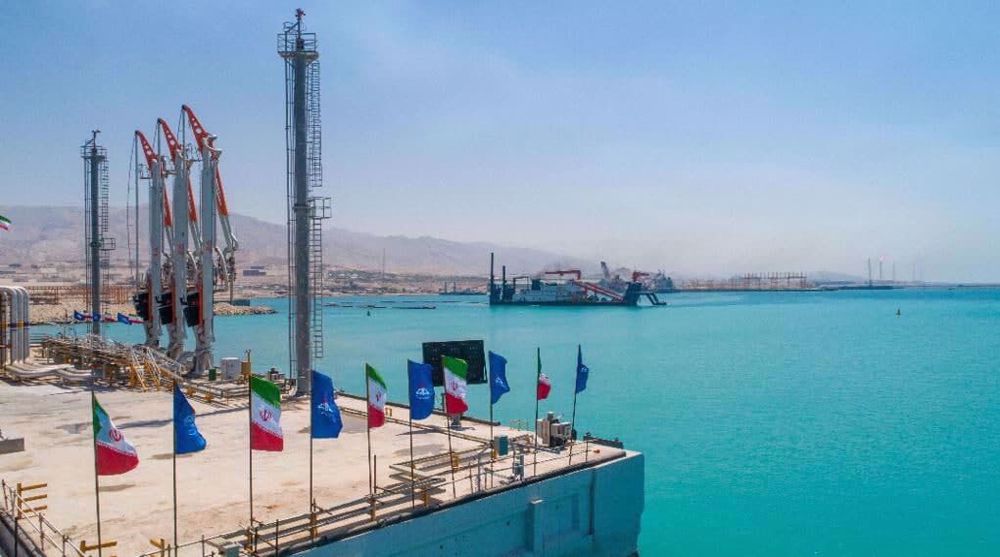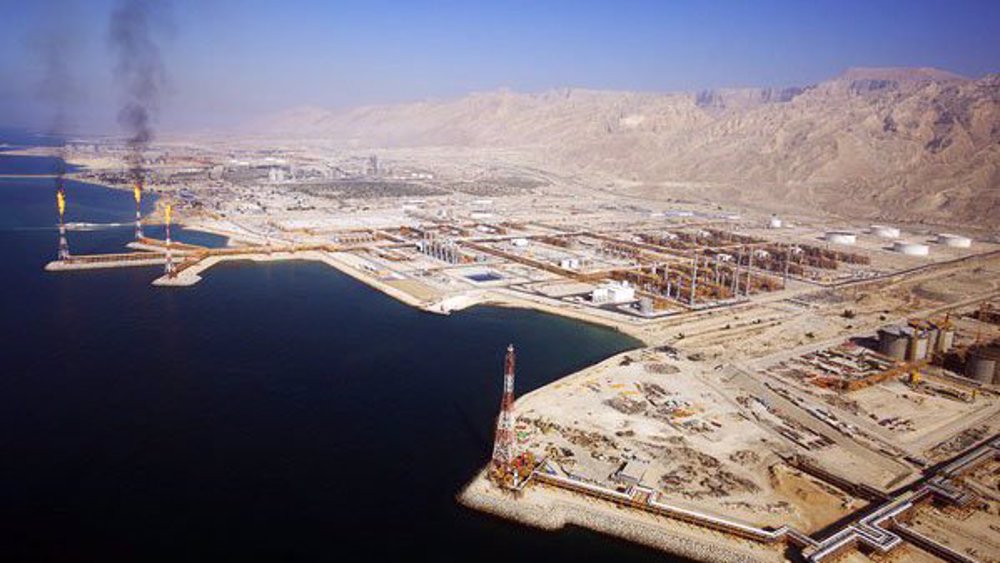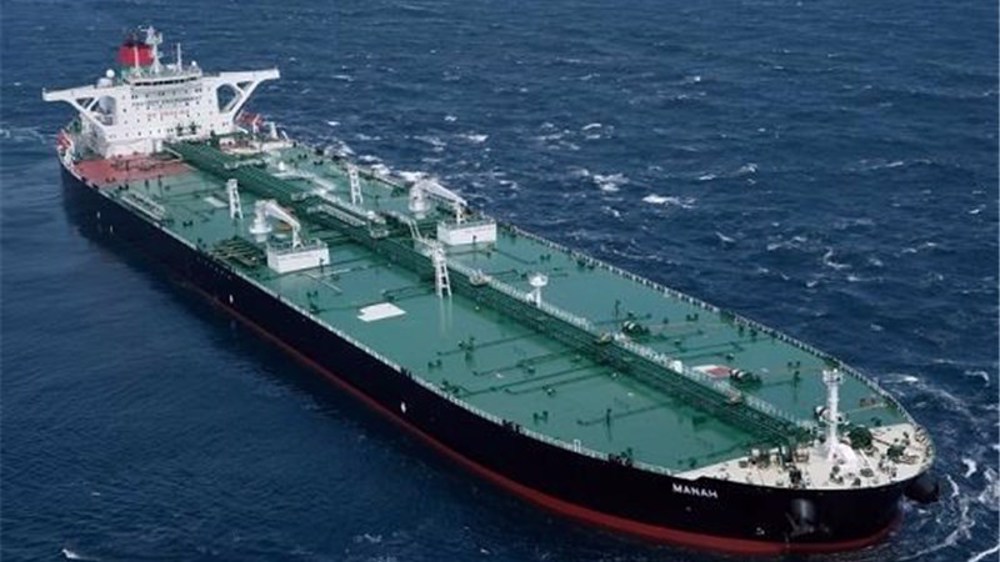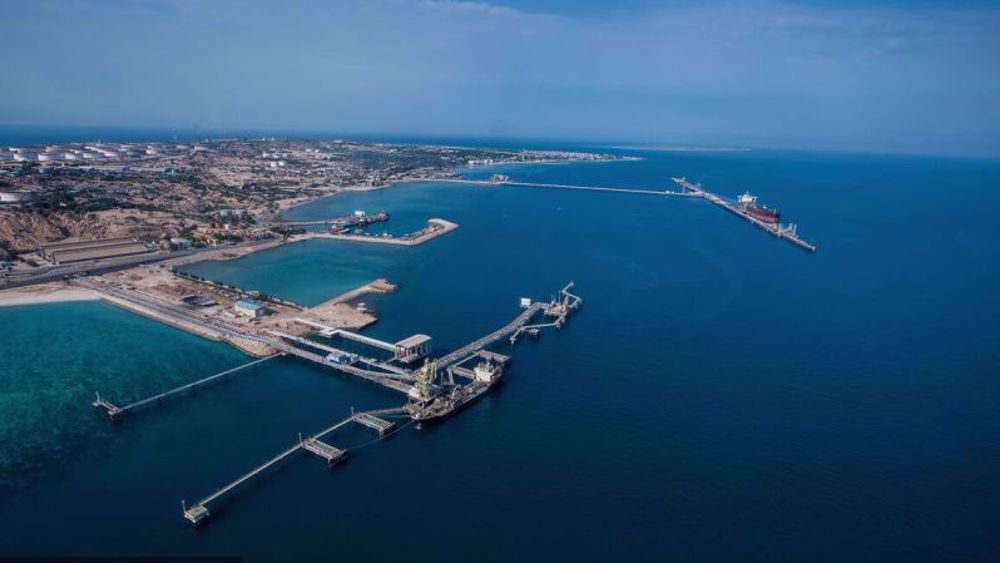Iran companies to produce helium at South Pars for first time
Iranian technology companies will soon begin the country's first ever project to produce helium at South Pars, the world's largest gas field, a senior official says.
Among its uses, helium is used to cool superconducting magnets in medical magnetic resonance imaging (MRI) scanners, as a lifting gas in balloons and airships, as a gas to breathe in deep-sea diving and to keep satellite instruments cool. It is derived from natural gas during processing.
Demand for the gas, driven particularly by Asia’s booming manufacturing industry, is on the rise. The United States and Qatar, which shares South Pars with Iran, are the largest helium producers worldwide. Other helium-producing countries include Algeria, Russia, Canada and China.
With proven natural gas reserves of 33.78 trillion cubic meters, Iran holds 17 percent of the world’s total. The country is already well placed to unseat Russia as the largest gas holder if the new-found reserves in the Chalous field are added, raising the total to 40.9 trillion cubic meters.
According to the US Energy Information Administration, Iran produced 267 billion cubic meters of natural gas in 2019, making the country the world’s third-largest producer after the US and Russia despite the most draconian sanctions imposed on the country.
With estimated in place reserves of 14.2 trillion cubic meters plus 18 billion barrels of gas condensate, South Pars accounts for 40 percent of Iran’s total gas reserves and about 80 percent of its gas production.
Managing Director of the National Iranian Oil Company (NIOC) Mohsen Khojastehmehr on Monday said production from the field had hit 705 million cubic meters for the first time since the start of its operation.
Iran, however, is set to ramp up its production of natural gas in a global market that continues to see record gas prices and a domestic market which is unconventionally devouring much of the produced gas. Officials say total gas production will hit 500 billion cubic meters in 2041.
The residential and commercial sectors use natural gas for space heating, and the industrial sector uses it for feedstock, especially in the petrochemicals industry. The high consumption is driven by massive subsidies provided by the government which is in a race against time to catch up with the rising demand.
Natural gas production at South Pars began in 2003, and so far, 23 of the 24 development phases have started producing.
At maximum capacity, South Pars could annually produce 9.49 trillion cubic feet (268.7 billion cubic meters) of natural gas. Khojastehmehr has said Iran needs to invest $11 billion to raise gas production capacity from the field by 240 million cubic meters per day in 2022.
It is also looking to step up production from the nearby North Pars natural gas field with $4 billion of investment to add about another 100 million cubic meters.
North Pars has around 1.67 trillion cubic meters of gas in place, of which approximately 1.33 trillion cubic meters is recoverable.
Development of Azadegan oilfield
Iran is also negotiating development of the second phase of the North Azadegan oilfield with foreign companies, Khojastehmehr said.
The Azadegan field is Iran’s largest, shared with neighboring Iraq. It is estimated to contain 5.7 billion barrels of crude reserves.
International energy companies including France’s Total, Malaysia’s Petronas and Japan’s Inpex presented technical surveys for the development of the field for the tender in June 2017, but they quit after the US announced unilateral sanctions on Iran a year later.
For development, Iran has divided the field into North and South Azadegan. China National Petroleum Corp (CNPC) brought online the first phase of North Azadegan with 75,000 barrels per day (bpd) of output in November 2016.
Khojastehmehr did not identify the foreign companies which NIOC is negotiating with.
After the US announced sanctions in 2018, reports said CNPC had convinced Washington that it needed to continue investing in North Azadegan and another field to recoup the billions of dollars spent years ago.
NIOC officials in the past have said the second phase of North Azadegan was being considered for development under a new contract model and CNPC was interested.
Khojastehmehdi, who is also Iran's deputy petroleum minister, on Monday said NIOC's plan is to accelerate the completion and full development of the South Azadegan field.
"Fortunately, good things have happened and by the end of this year, 17 wells which were not producing will become operational, and we hope that by the beginning of 1402 [2023], the South Azadegan field will be fully developed and the production capacity will reach 320,000 barrels."
According to the official, the development of South Azadegan field is being carried out by a domestic company under a contract worth $5.6 billion.
He spoke as NIOC and the Academic Center for Education, Culture and Research, an Iranian public non-governmental higher education institution, signed four contracts worth $275 million for production of rapid processing equipment, industrial wastewater treatment and renovation of drilling rigs.
While the sanctions have discouraged international energy companies from dealing with Iran, they have provided a rare chance for domestic firms to venture into a setting known to be an exclusive specialty of the elite club of companies.
NIOC will soon issue a call for projects to revive 700 low-efficiency wells, Khojastehmehr said, adding his company is rooting for domestic technology companies to carry out the task.
VIDEO | Iran eases the rules for exporting hand-woven carpets
VIDEO | Intl. Day for the Elimination of Violence against Women: A stark reminder of Gaza women
Australia denies ex-Israeli minister Shaked visa
VIDEO | 85% of Yemeni displaced people face daily hunger crisis
US House passes bill targeting charities and pro-Palestine groups
VIDEO | Supporting Gaza genocide
Hezbollah attacks Israeli forces after Lebanese homes blown up
World leaders, states hail ICC arrest warrants for Netanyahu, Gallant











 This makes it easy to access the Press TV website
This makes it easy to access the Press TV website